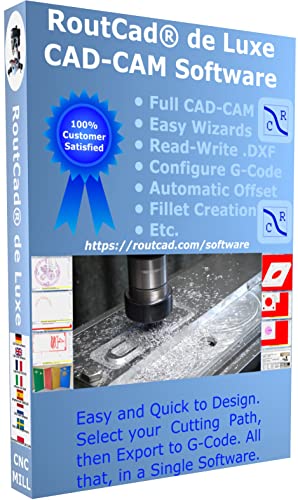Interesting reading these posts.
Only partially related, I designed an Astrolabe back in 1993 (on Generic CADD) but it only got to the paper model stage (looks terribly beat up now). It was a PITA because I could not place text on a curve so had to do it letter by letter (or number) and in addition anticipate a vertical offset when the letter was printed. Like I said on my web page at the time I tested it in Canada with one plate and another in St. Lucia (I had plates for every 5deg) and in all cases it was bang-on accurate. What fantastic night skies in St Lucia! I even predicted a solar eclipse and that it would be a grazing partial. I was never able to get photogrametric plates made and lost the source design went I moved on to another job - it was on a work computer back in 1993.
http://surfin_dude.tripod.com/creative/astronomy/astronomy.html#Astrolabe
Previous to that, what got me interested in such things, was a 18” brass sundial design I did which, amongst a host of other things, tracked the sun’s progress across a map on it’s face thought each day and the course of the year. Tricky to etch an 18" dia - 3/8" thick plate or the 1/2" thick gnomen.
http://surfin_dude.tripod.com/creative/astronomy/astronomy.html#Sundial
Now, I keep it simple and use my “Yes V7” watch. Similar but better than the Prague astronomical clock. Used by NASA astronauts & Hollywood movie producers wanting to keep track of daylight. They have a successor to the V7 coming out soon. It will tell you sunrise/set, twilight, moon rise etc a whole host of other things after you program in your city (or manually if your city isn't on the infinitely long list).
No end of fun in this field!
How well dose it work?
Dave
Auto correct on my phone and forgetting to prof read .again
Last edited:
































![MeshMagic 3D Free 3D Modeling Software [Download]](https://m.media-amazon.com/images/I/B1U+p8ewjGS._SL500_.png)
















![DreamPlan Home Design and Landscaping Software Free for Windows [PC Download]](https://m.media-amazon.com/images/I/51kvZH2dVLL._SL500_.jpg)












